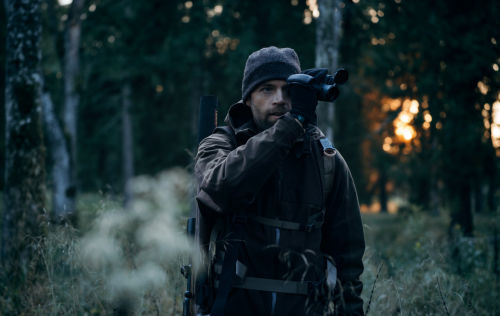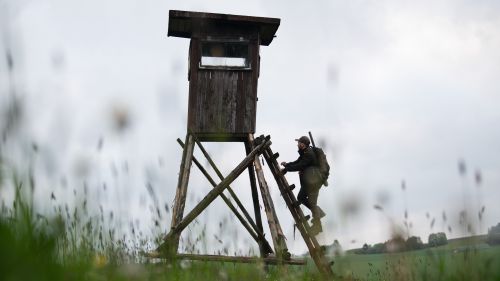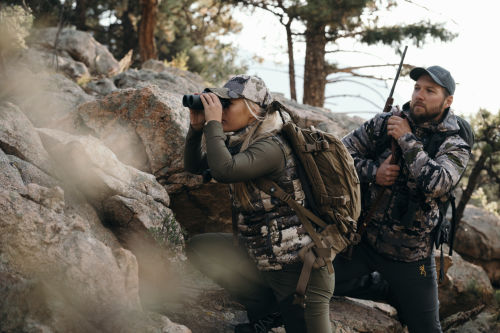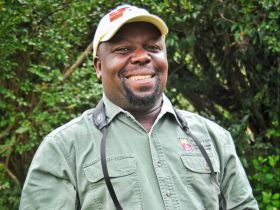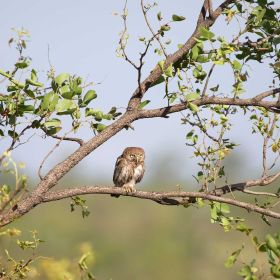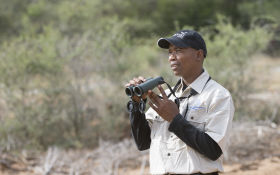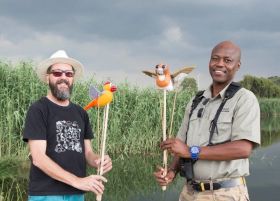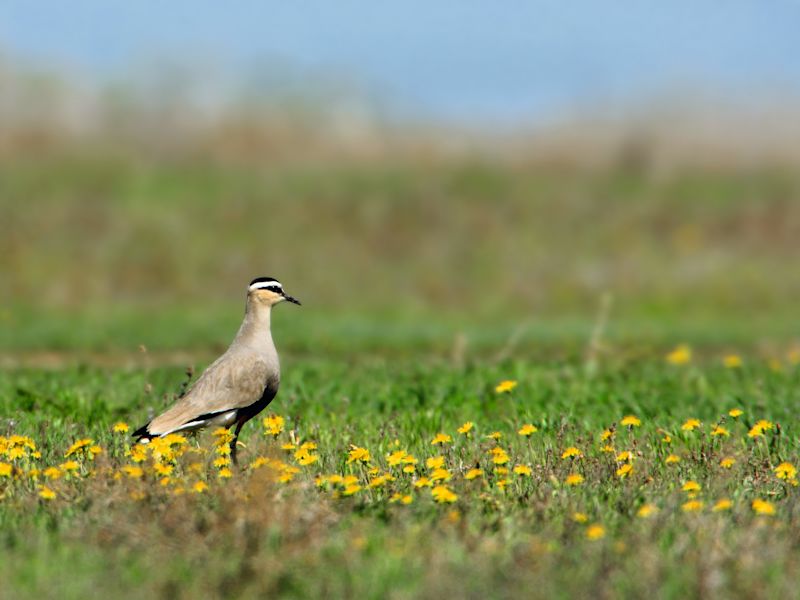Conservation initiatives come in many forms, but those that are most successful entail not just the protection of species and habitats, but also the involvement of local communities – the people who have a direct stake in the health and quality of their environment. Get them on board, and that is most of the battle won.
It was recognition of this home truth that was behind BirdLife South Africa devising the Community Bird Guide Training Program, a novel initiative that has linked rural and often remote communities with the country’s booming birding tourism industry. The results have been transformational: Since its launch in 2001, more than 200 guides have been trained, each becoming an expert in the birds of their local patches, a skilled guide able to find sought-after specialities and, importantly, an ambassador for birds and their conservation.
The process is a rigorous one.
There is one course per year, and candidates have to be vetted initially to ensure their suitability for what can be a demanding role. An interest in nature and secondary education are prerequisites, but would-be guides also have to submit videos of themselves before reaching the interview stage.
Between eight and 15 candidates are eventually selected for each course, during which they develop the essential qualities they will need to work as successful bird guides. This includes a significant amount of time in the field, getting to know the key species in the areas where they will operate and honing their bird identification skills.
Once they graduate, the guides become independent business owners, but they continue to be supported through post-training structures and through BirdLife South Africa’s partnership with SWAROVSKI OPTIK. This support includes enterprise development, women’s workshops, a guide forum, and refresher courses.


European Roller (Coracias garrulus) and White-fronted Bee-eater (Merops bullockoides) by Andrew de Blocq
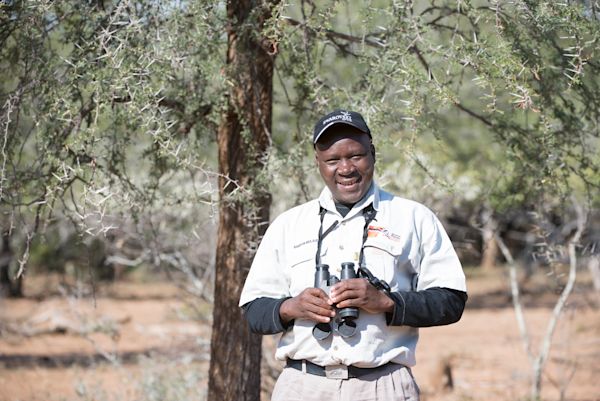
Qualified guides wear uniforms,
earn themselves SWAROVSKI OPTIK binoculars
and are considered among the most treasured members of the birding community. Significantly, they are also seen as leaders and decision-makers in their local areas, and their new-found expertise allows them to contribute in other ways – for example, to the Indigenous Bird Names in South Africa project.
Guide: Samson Mulaudzi
Dale Forbes, Head of Strategic Business Development at SWAROVSKI OPTIK, studied zoology at the University of KwaZulu-Natal and appreciates the merits of the program from an informed perspective.
SWAROVSKI OPTIK has been supporting the Community Bird Guide Training Program since 2013, equipping a large number of the active guides, and helps fund BirdLife South Africa’s Avitourism Project Manager.
The program has been an unequivocal success in its heartland in eastern South Africa, and ambitious plans are underway to roll it out across the country, particularly to Greater Kruger National Park, Eastern Cape, and Western Cape. This expansion is closely tied to BirdLife South Africa’s resource-rich website, which provides a one-stop shop for birders with details of all of the country’s key birding sites, local guides, and much more.
More than 50 people
are currently working as active guides and have often become the birding authorities on their patches. “Many birders owe special lifers to these guides,” explained BirdLife South Africa’s Andrew de Blocq. Inevitably, over time some move on, but many of those that do so start in careers in conservation, hospitality, and education.
A similar scheme has been established in Uganda, and it seems a perfect model for other countries that also have a requirement to formalise the training for bird guides.
But its greatest strength is in using avitourism to empower people in local communities, and at the same time support conservation objectives. By providing livelihoods in this way, guides are literally invested in nature, and customers benefit from their expertise. Everybody wins – what’s not to like?
